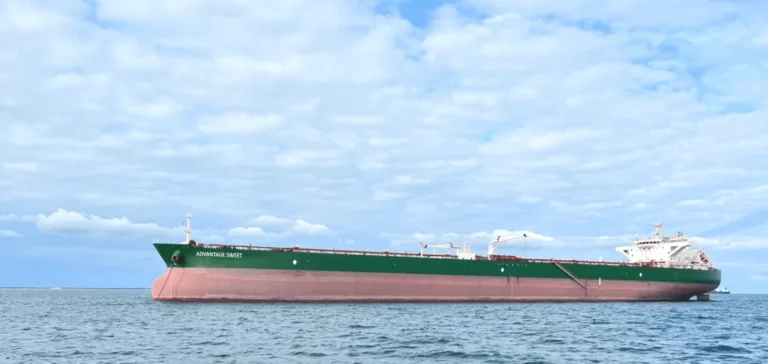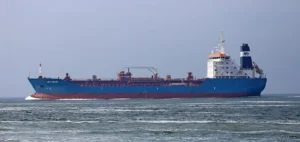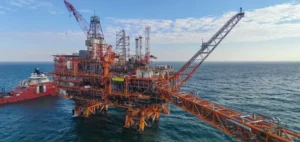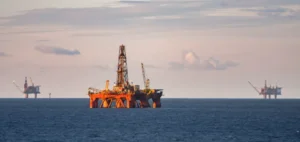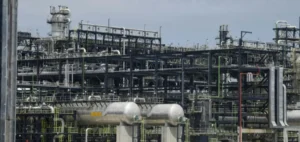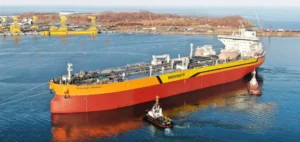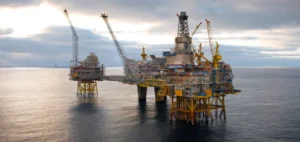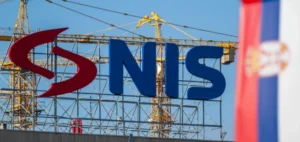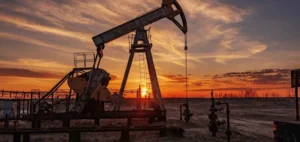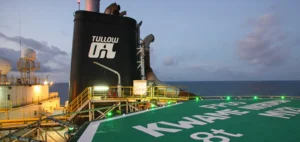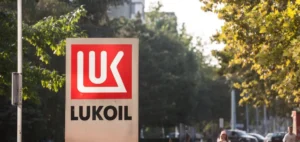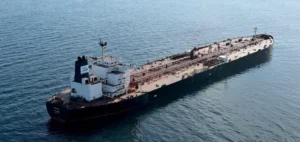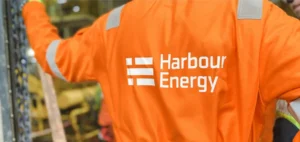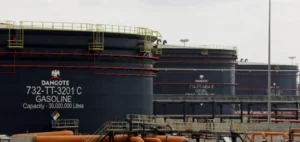China channelled up to $8.4bn to Iran in 2024 through a shadowy oil-based exchange system, bypassing US sanctions targeting the Iranian oil sector, The Wall Street Journal reported. The arrangement involves a chain of Chinese state-owned actors, a public insurer, and an unregistered financial vehicle, forming an indirect payment network designed to avoid exposure to Western restrictions.
According to the report, the mechanism relies on the purchase of Iranian crude by Chinese companies linked to the state, including trader Zhuhai Zhenrong. Revenues from these transactions are not sent directly to Tehran. Instead, they are deposited with “Chuxin”, a little-known financial structure, which then pays Chinese firms operating on infrastructure projects in Iran, often insured by the China Export & Credit Insurance Corporation (Sinosure).
An energy barter network to bypass sanctions
The crude, mainly extracted from fields such as Alvand or Nosrat in the Persian Gulf, is shipped to China via ship-to-ship transfers designed to conceal its origin. This logistical approach helps obscure commercial flows and evade tracking mechanisms implemented by US authorities.
The arrangement functions like a reversed supplier credit system: oil revenues are converted into infrastructure or civil engineering projects, without direct banking transactions involving Iran. Chinese authorities said they were unaware of the structure and reiterated their opposition to unilateral sanctions, according to The Wall Street Journal.
A strategic lifeline for Iran’s economy
The system has become essential to Iran’s sanctions-hit economy, with official exports remaining limited. Around 90% of Iranian oil is currently exported to China, according to estimates cited by the journal. Funds channelled through Chuxin help keep infrastructure works running while shielding Iran’s financial system from direct pressure.
According to Brad Parks, director of research group AidData, projects backed by Sinosure require “every creditor and every construction contractor to pass through the same channel”, a method previously observed in other contexts such as Iraq. The absence of direct US sanctions against Sinosure and Chuxin allows the mechanism to remain operational without immediate obstruction.
US response and risk of bilateral tensions
US authorities have voiced concern over these indirect flows. John K. Hurley, US Treasury Undersecretary for Terrorism and Financial Intelligence, stated that Iranian entities “rely on shadow banking networks to move millions”. Washington recently tightened control measures on the so-called shadow fleet transporting Iranian oil to Asia.
None of the Chinese entities mentioned in the report are currently under direct US sanctions, though their involvement in operations with Iran may eventually prompt reassessment by US officials.


